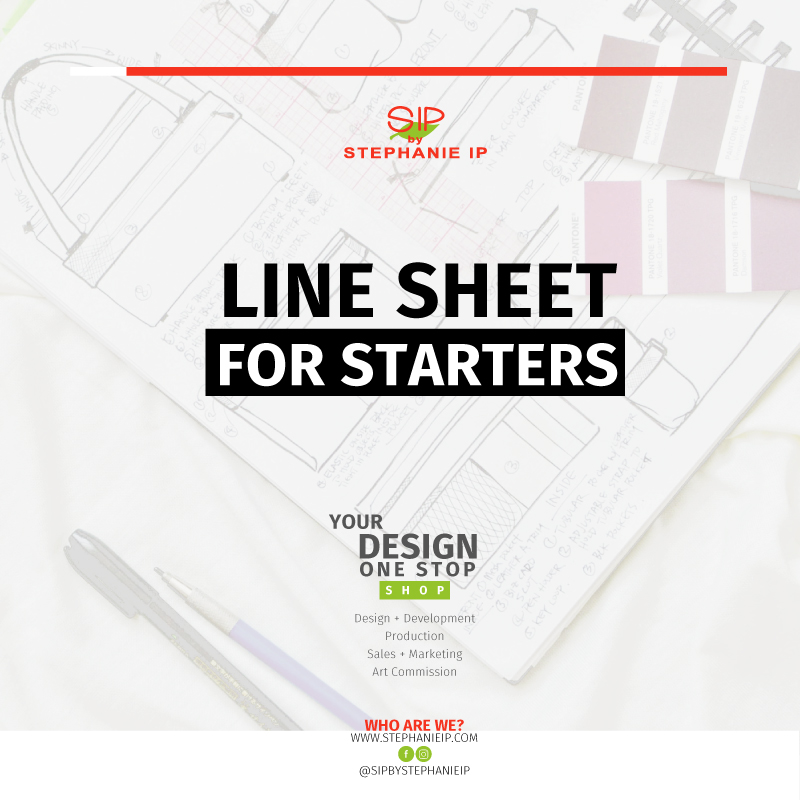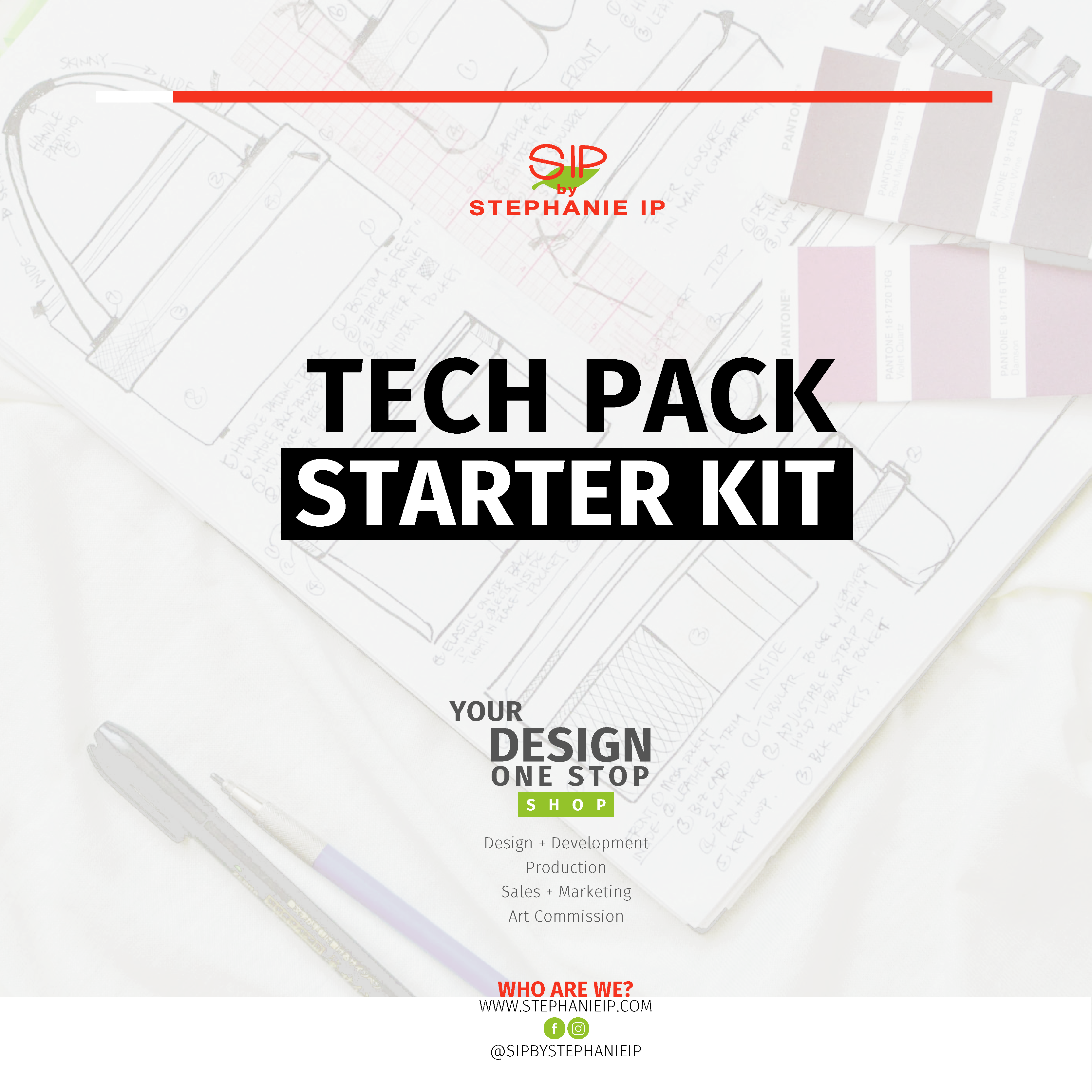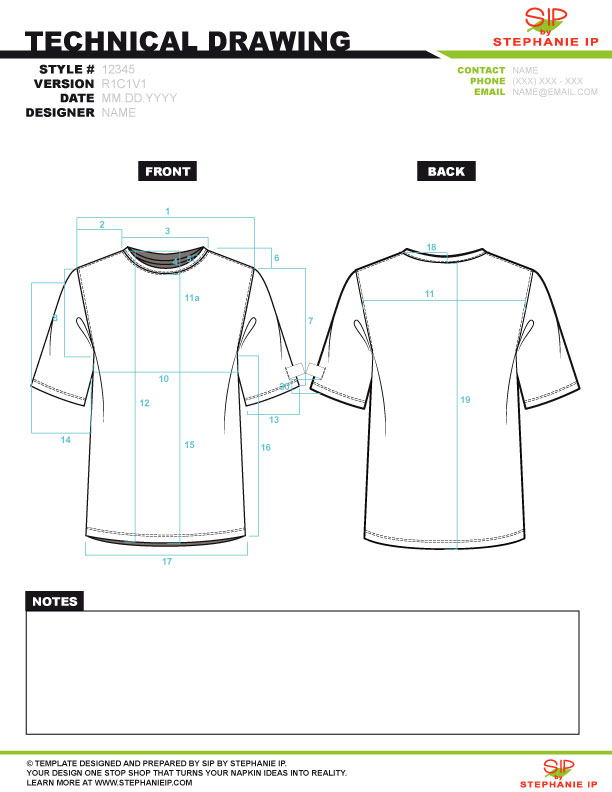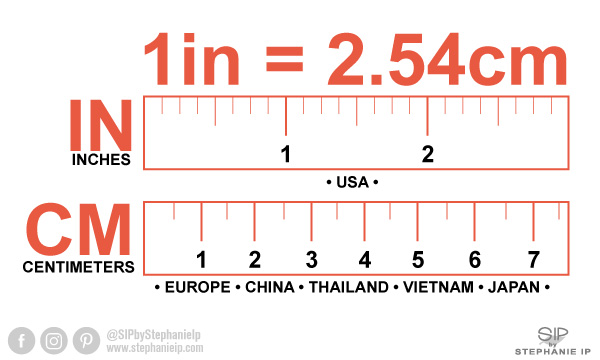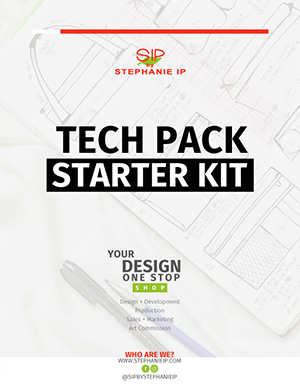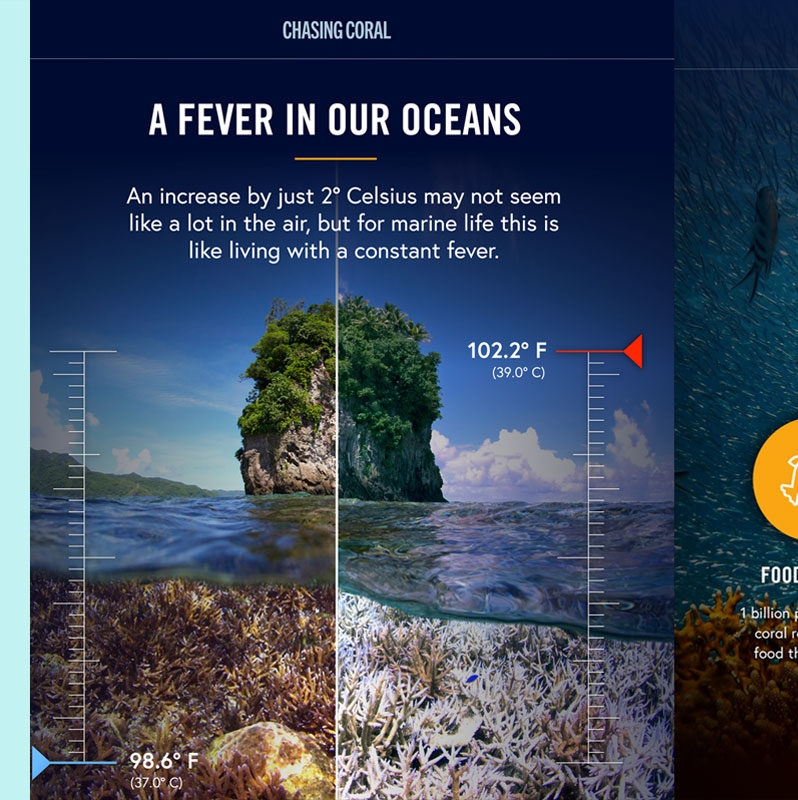An industry term that is often used in the world of Fashion. If there’s no plan for your business to sell to retailers, you are more than welcome to pass on this blog post, as a line sheet is primarily a visual tool used for wholesale buyers.
Wholesale buyers typically see hundreds of brands a month – brands that are interested to sell through
What is a line sheet?
Let’s first identify what a line sheet is. A line sheet basically is a concise form of a catalog page that holds product offering information such as line drawings of the product in front and back view, color and size options, and suggested retail and wholesale price. It functions as a sales tool to communicate necessary information about the product(s) to a potential stockist.
Who needs a line sheet?
Brands that plan to sell to a retailer. Sometimes, private labels that have physical retail stores will also have their own buying department, where buyers usually request line sheets to support their buying decisions during the buyer/sales meeting. In addition, line sheets act as visual notes for design and production team managers to follow when revising designs, executing samples, and creating production plans.
If you have a very clear goal and plan for where to sell your products, my suggestion is to slot in time to generate them. It will for sure assist your team in staying organized and for communication purposes down the road.
What should be included?
There is a standard set of information you don’t want to miss. Below is a list of 6 items you want to include:
- Image of the Product
- Product Name
- SKU or Style Number
- Suggested Retail Price
- Wholesale Price
- Order minimums and any variants (Ex. Size, color)
Are there other important details to include?
In some ways, the line sheet acts as a sales tool to present, promote, and close potential purchasing deals. I have worked
Here are 5 essentials I recommend including:
- Infuse a cohesive brand image
- Clean pages with clear information. Remember: Less is better; don’t clutter the page with unnecessary stuff!
- Create a storyline. Place products in an order that brings out the theme of the collection.
- Include buyers’ terms and conditions. Don’t forget to go through important terms with the buyers, making sure both sides are clear what the expectations are!
- Special buying options.Wholesale price is already a discounted price, what else can you offer to make it a better deal for the buyers?
How to create one?
There are many tools you can use to general line sheets. A few favorite tools I recommend would be:
• Microsoft Excel | Available to everyone. Level: All level users.
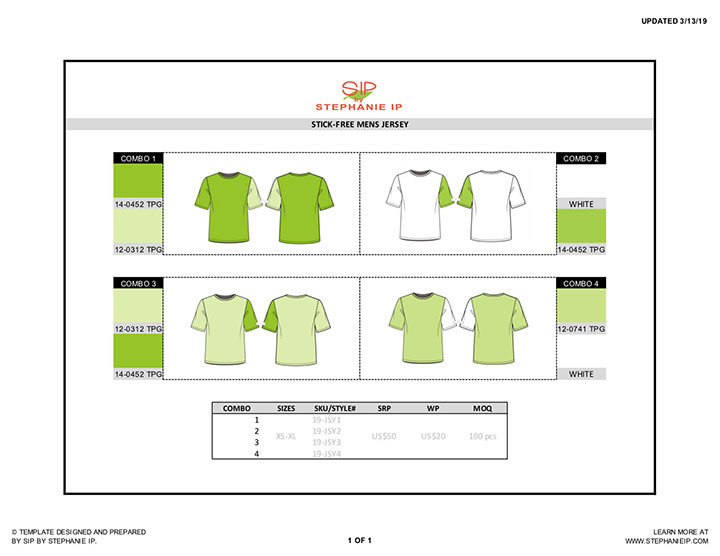
• Adobe Photoshop | Make those pages look nice and shiny! Level: Intermediate level users
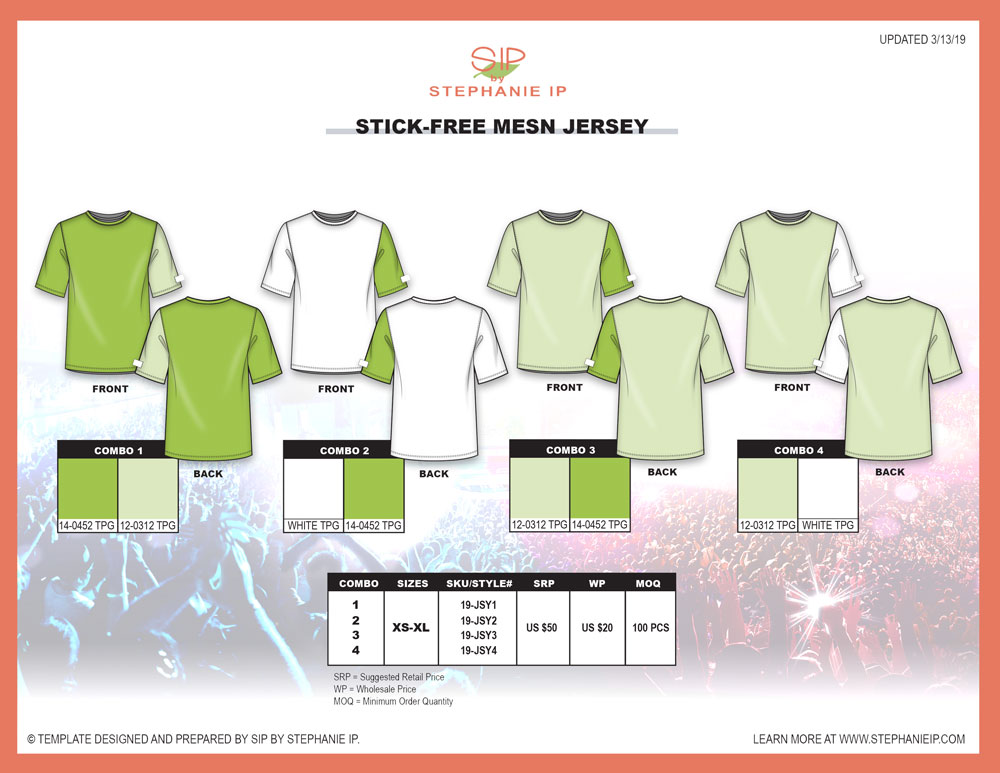
• Adobe Illustrator | Professional look with creative infusion! Level: Intermediate level users
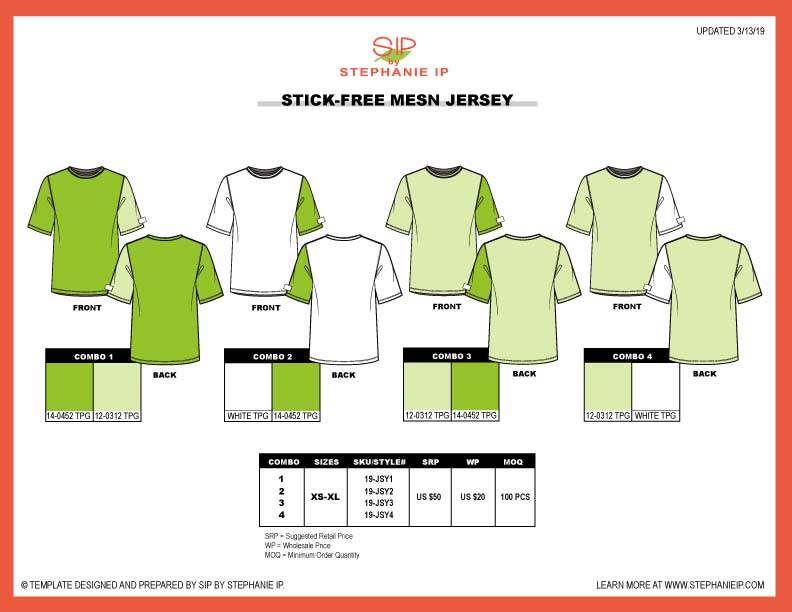
• Adobe InDesign |Get those layouts as organized as possible!
Level: Intermediate level of Adobe InDesign
Be mindful that every company has its own unique styles and preferences in the sales process. It is best to create a custom version that is tailored to the company’s wants and needs. To get some idea of what they look like, check out our Samples Page.
Got questions? You are welcome to leave me a comment below, or send me a direct message at the following social media channels. I hope this post helped clear up some of your questions regarding line sheets!
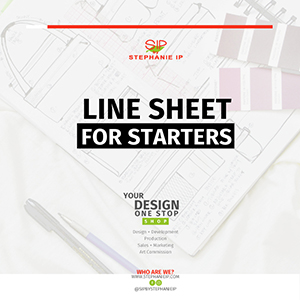
// STEPHANIE IP
Stephanie is a Creative Director and Consultant, providing creative strategy development support to small and large scale businesses in the industries of Fashion and Soft Goods. She specializes in Design and Development. Learn more about her here.
More Posts | Facebook | Instagram | LinkedIn
